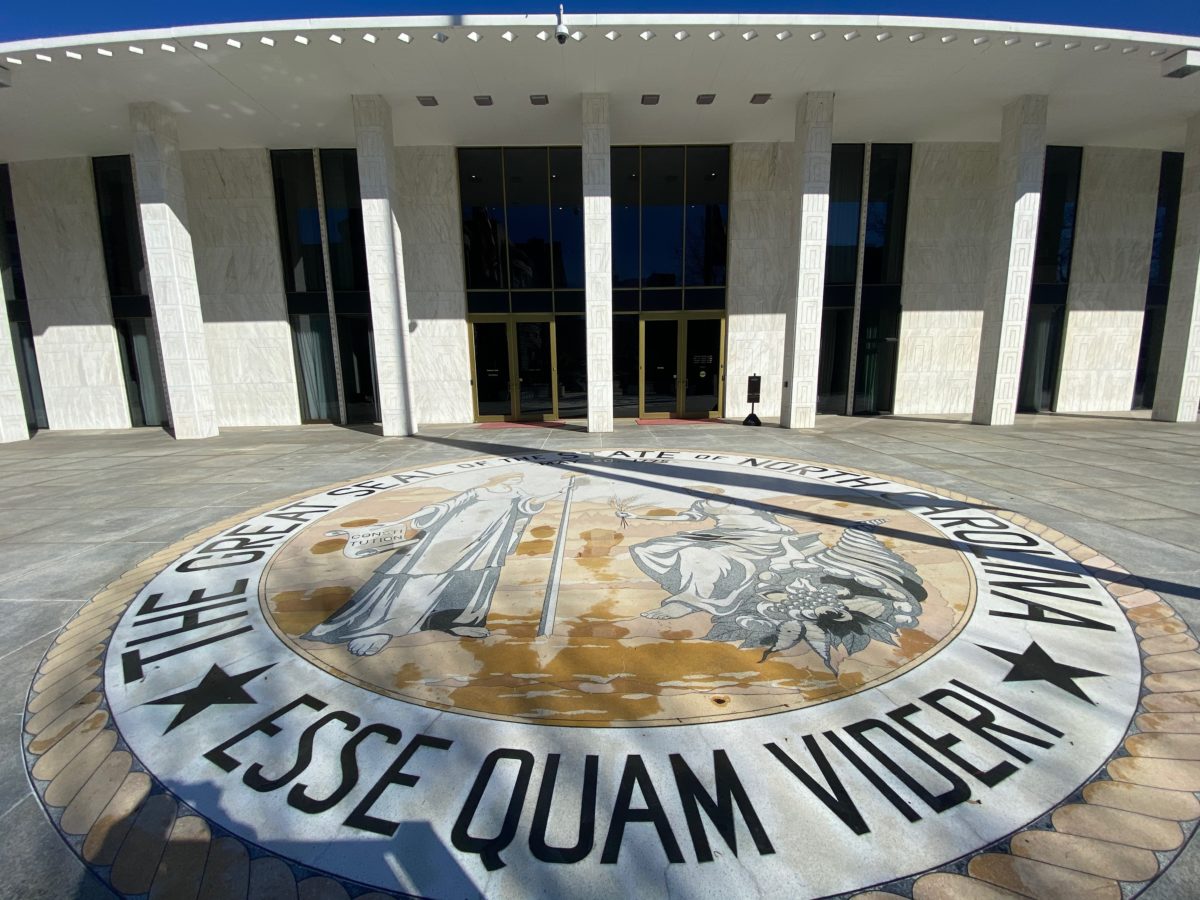
We have made it well over a year now since the onset of COVID-19, when our lives — and our public schools — were turned upside down. During this time period, for which no words seem to adequately capture all of the challenges everyone has faced, we can say this: alongside our healthcare workers, our educators and our students are most certainly among the pandemic’s greatest heroes.
As we transition into a period of recovery, we have lessons learned from operating our public schools during lockdown, as well as an unexpectedly robust economy before us, with a $6.5 billion revenue surplus to fortify us as we begin this season of priority setting for the months and years ahead. It is a time to reflect on what we identify as most valuable and necessary, and most worthy of strong and strategic investments.
Budgets are directly or indirectly a reflection of these priorities and values set forth by our state lawmakers; they can set a state on a course to become stronger by serving its needs well and offering direction that is critical to achieving the goals that we collectively desire. Budgets can also send clear messages about what is not valued, by the exclusion of certain areas identified as unworthy of strong support.
Earlier this month, the North Carolina Senate released its two year budget proposal, showcasing its priorities and values when it comes to public education. As an organization, we collectively spent time analyzing the proposed budget — which is still very much in the middle of the negotiation phase between the House and the Senate — and considering the impact it would have, in its current form, on communities of learners and educators across the state. Following its release, we published our initial analysis of its key education proposals, comparing it alongside the Governor’s 2021-23 budget recommendations.
Our teachers need more support in order to position our children for success.
As we reviewed the Senate budget proposal, top of mind for all of us was that North Carolina’s teachers have not received a raise since 2018 — well before COVID-19 — due to our state lawmakers reaching an impasse over setting a two year budget during the last budget cycle.
Since their last raise, our teachers have had to undertake significant efforts to very quickly learn how to teach in a remote/online environment, participate in efforts to ensure the health and safety of their students and colleagues, and manage the social and emotional impacts of a pandemic on their students’ ability to learn and cope during these past 15+ months.
Most recent estimations rank North Carolina 30th in the nation in teacher pay — and while this is an improvement from where our state stood in the rankings several years ago, we should aim to be a competitive player across the United States, not just in the Southeast. It’s also important to highlight that this ranking obscures an important reality uncovered by analysis by the Public School Forum that found that the average teacher salaries in more than 80% of North Carolina’s school districts fall below the reported state average salary. This all comes at a time when our districts and schools already have a teacher shortage.
Included in the Senate proposal is a 1.5% average pay raise for teachers and principals for each year of the biennium, with veteran teachers receiving closer to a 0.25% raise. After years without a salary increase, a relentless 15+ months that demanded unparalleled innovation and bravery on the part of our teachers and principals — not to mention our school bus drivers, cafeteria workers, and other school staff — and inflation estimates that are anywhere from 2.2% to 3.5%, depending on the source, a pay raise that amounts to an additional $13/month for a teacher who has worked for 26 years sends a message that our educators’ efforts are not valued.
Targeted, strategic, and robust investments are not sufficient to support a strong system of public schools.
The Senate’s budget proposal contains other spending changes to public education that, when compared with the Governor’s budget proposal released earlier this year, indicate their values and priorities are not aligned in ways that ensure our system of public schools will be well-positioned for academic excellence in the years to come. We commend the inclusion of language in the Senate’s proposal that ensures districts do not see funding decreases in the event of student enrollment declines that are likely COVID-related. However, there are other areas of policies and spending that are not supportive of public schools, including:
- spending more public dollars on private education programs that are not held to standards of accountability and excellence,
- earmarking a significantly lower amount of funding for public school building infrastructure compared to the needs identified to meet the health and safety standards our children deserve, and
- failing to address many of the requirements contained in the court ordered Leandro plan that offers targeted, strategic investments in our public school system designed to ensure each and every one of our children has access to a sound basic education that positions them, and our state, to succeed on the global stage.
Our state’s top education leaders who lead our young people in classrooms today — our teachers and principals of the year — have strong ideas on how to spend public dollars in ways that position our children for success. Standing before members of the General Assembly, they advocated for a starting teacher salary of $40,000 (the current starting salary for a new teacher is $35,000), teacher salary step increases of 7%, and at least $15/hour for classified staff, which includes cafeteria workers and bus drivers. We must be able to recruit the best and brightest to our profession if we hope to serve our kids with an educational experience that meets what they are constitutionally guaranteed — and to do that, we must invest in our education professionals.
We can do more.
If you are asking whether or not North Carolina has the resources to make these kinds of investments in our public schools, and, of course, in our children — the answer is a resounding yes. While we, like all states across the country, have access to federal COVID relief funding, much of that has been rightfully spent on materials to protect our children and teachers’ health and safety and programming to mitigate other impacts of the pandemic. Those dollars are also intended to be one-time monies, and North Carolina needs to couple that federal spending with recurring state investments that set us up for success to serve future generations.
Fortunately, we have weathered the pandemic well from an economic standpoint, and our state has an additional $6.5 billion in state revenues to spend over this biennium. However, the Senate budget does not leverage these funds to benefit public education, and furthermore, it contains tax policies that will reduce access to public education resources over the years to come. To continue to attract thriving industries that will want to do business in North Carolina, a system of strong public schools is an absolute requirement in ensuring a robust economy for years to come.
There’s never been a better time to invest in our young people and the necessary supports that ensure they receive a high quality public education— let’s do it now, and let’s do it with strong, recurring investments that will pay dividends over the decades to come.
Recommended reading



